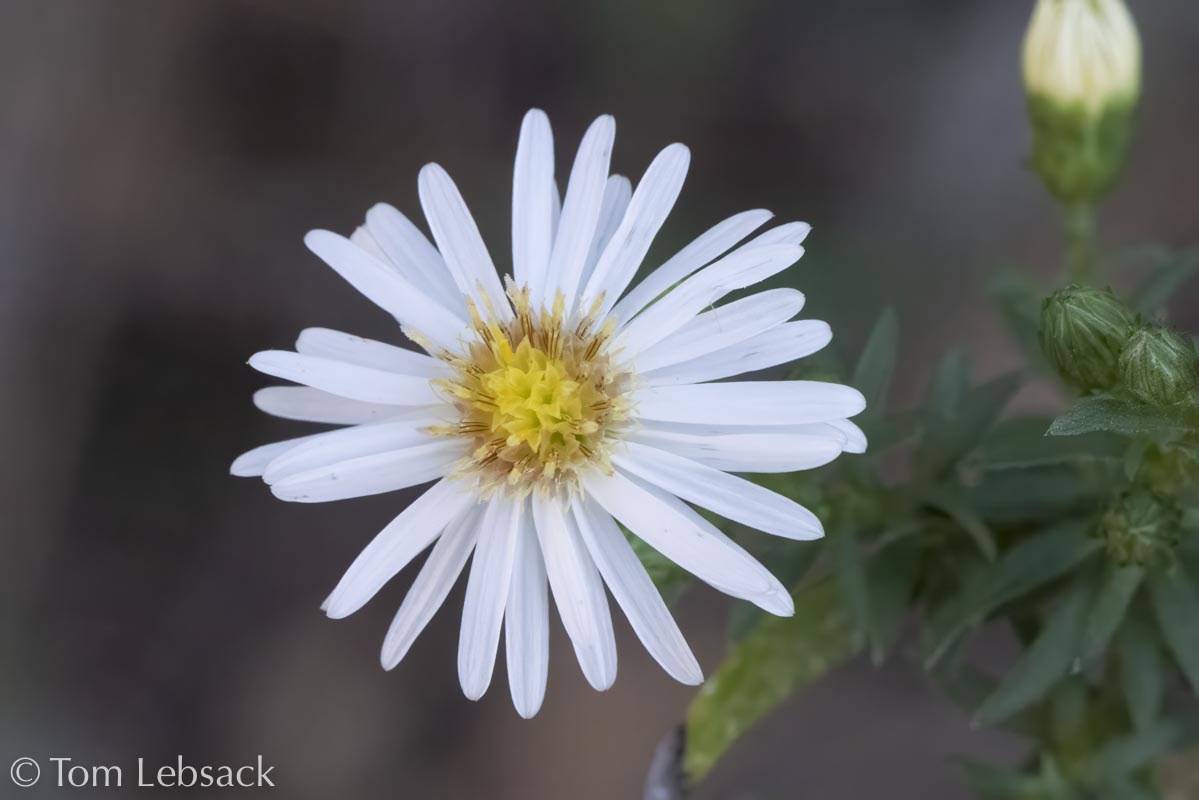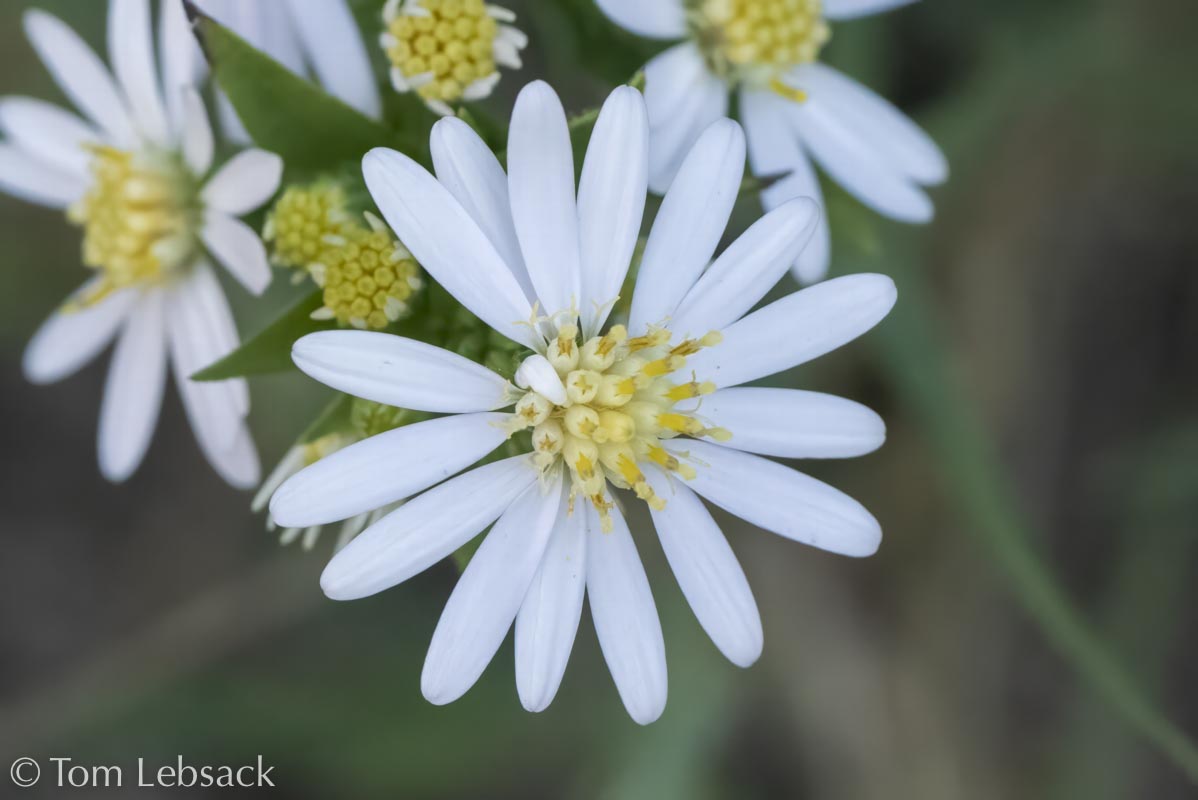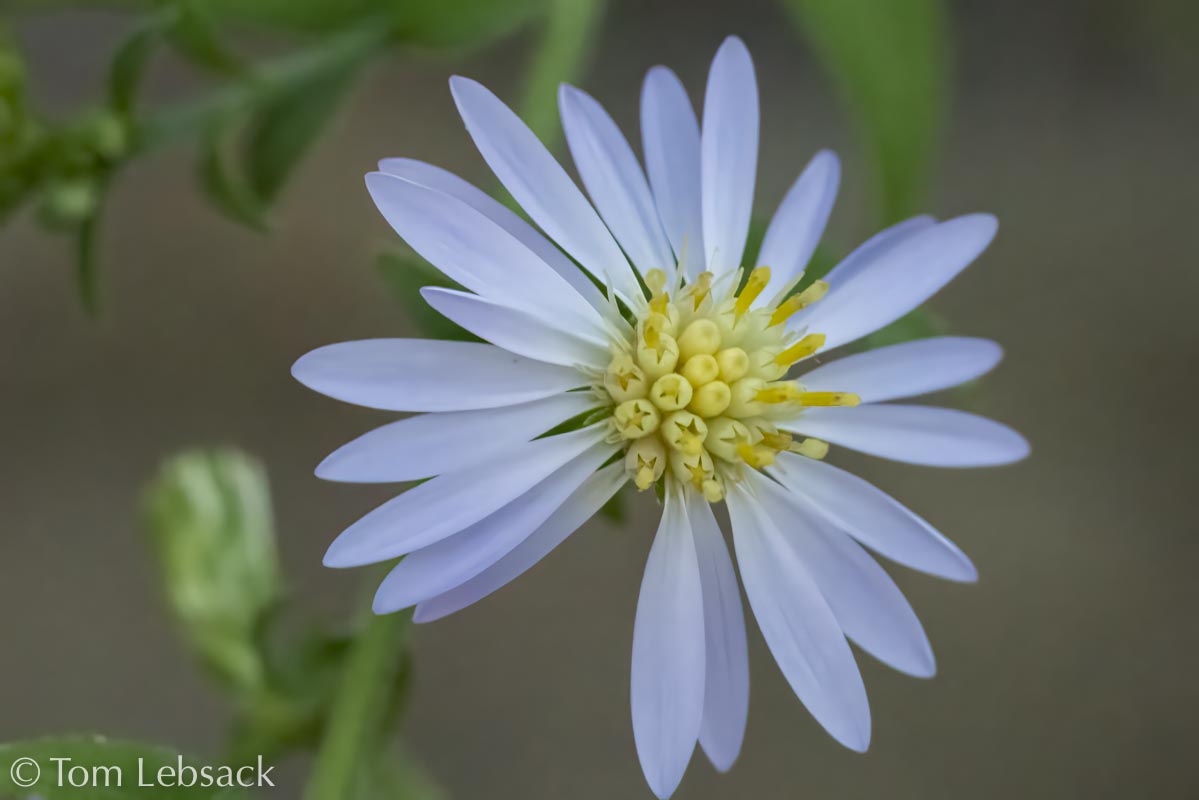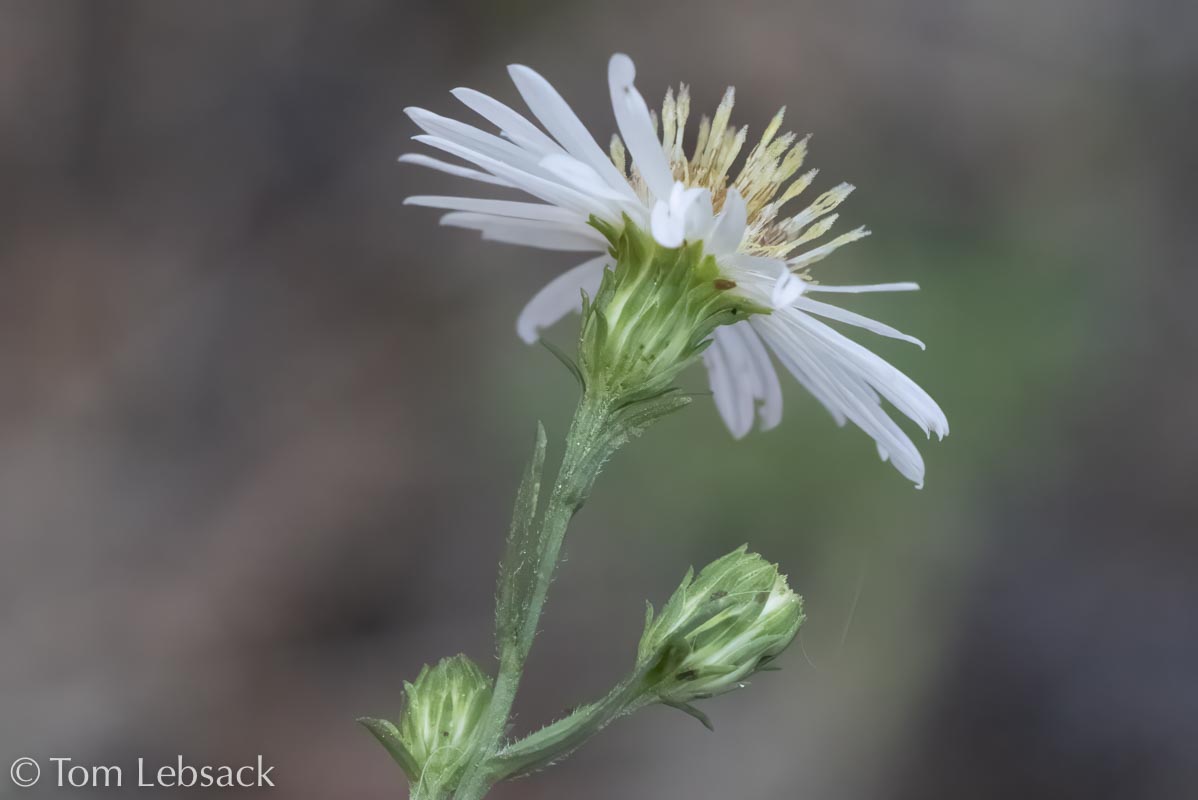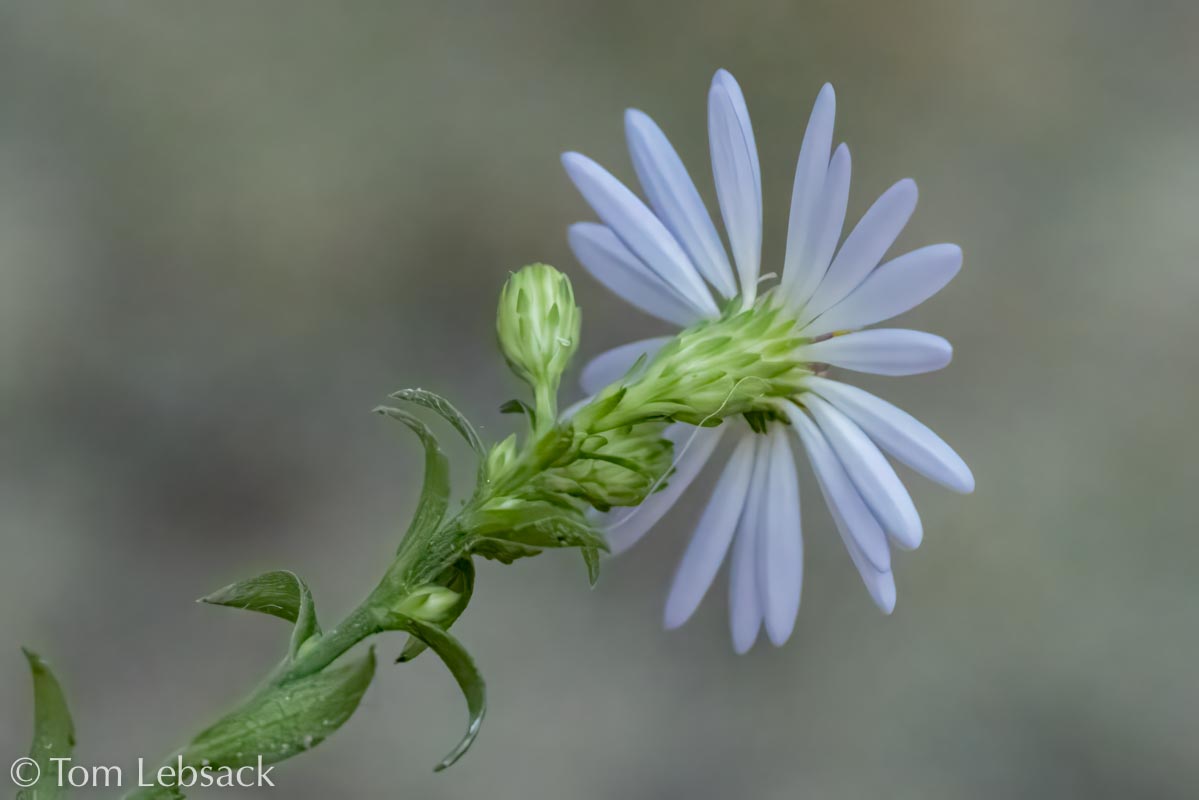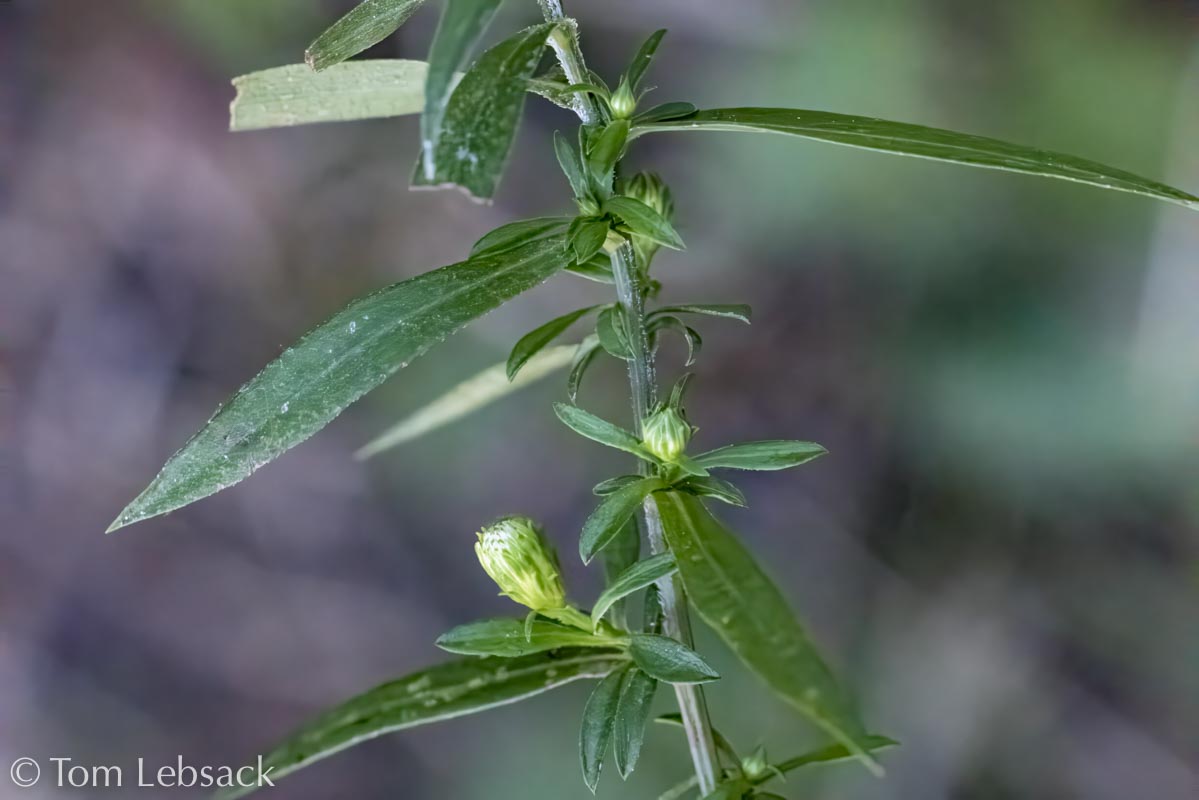Symphyotrichum lanceolatum
(White Panicle Aster)
| Scientific Name | Symphyotrichum lanceolatum ssp. lanceolatum (Aster lanceolatus ssp. lanceolatus) | USDA PLANTS Symbol | SYLA6 |
| Common Name | White Panicle Aster | ITIS Taxonomic Serial No. | 566101 |
| Family | Asteraceae (Sunflower) | SEINet Reference |
Click Here |
| Description | Habitat: Moist areas along streams and ponds, meadows, fields, edges of thickets, roadside ditches and other wet areas. Plant: Perennial 1 to 5 ft. tall, colony-forming from long rhizomes; stout to slender, straight stems can fall over from the weight of the flowers; stems are smooth except for short hairs in vertical lines. Leaves: Basal leaves wither before flowering; leaves along stem are alternate, lance-ovate to oblanceolate or linear and sessile or clasping; blades are 2 to 6 inches long and up to 3/4-inch wide (upper leaves are smaller); lower stem leaves have serrate margins, middle and upper leaves are entire. Inflorescence: Branching clusters of stalked flowers at the top of the stems and from upper leaf axils; 20 or more flowers per branch; flowers are 3/4 to 1 inch across with 16 to 50 narrow white to bluish rays and a yellow center with 16 to 38 disc florets that turn reddish with age; involucres have layers of lance-linear phyllaries, appressed to slightly spreading, green and whitish; outer phyllaries 1/3 to 2/3 the length of the inner. Bloom Period: July to October. References: Flora of North America, Minnesota Wildflowers and SEINet. |
BONAP Distribution Map Map Color Key Map Color Key |
Texas Status: Native |
Banner photo of Castilleja indivisa and Lupinus ssp. taken along FM 1323 north of Johnson City, Blanco County
© Tom Lebsack 2024
